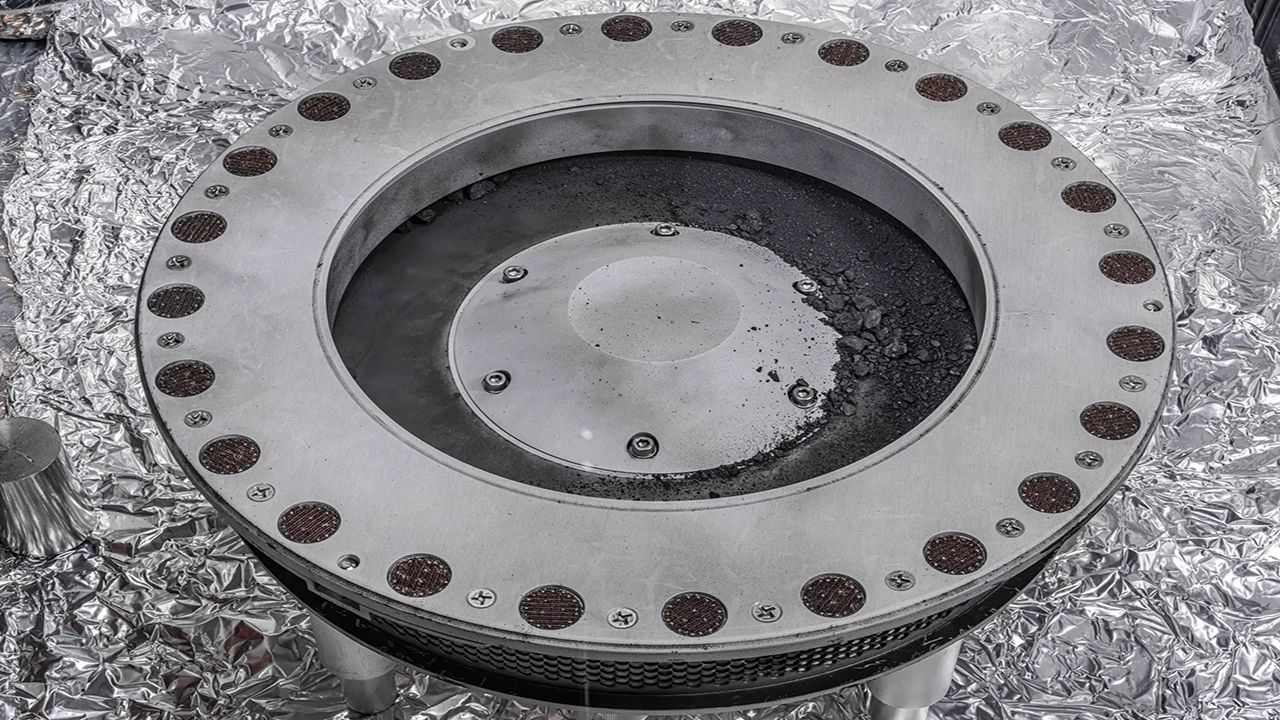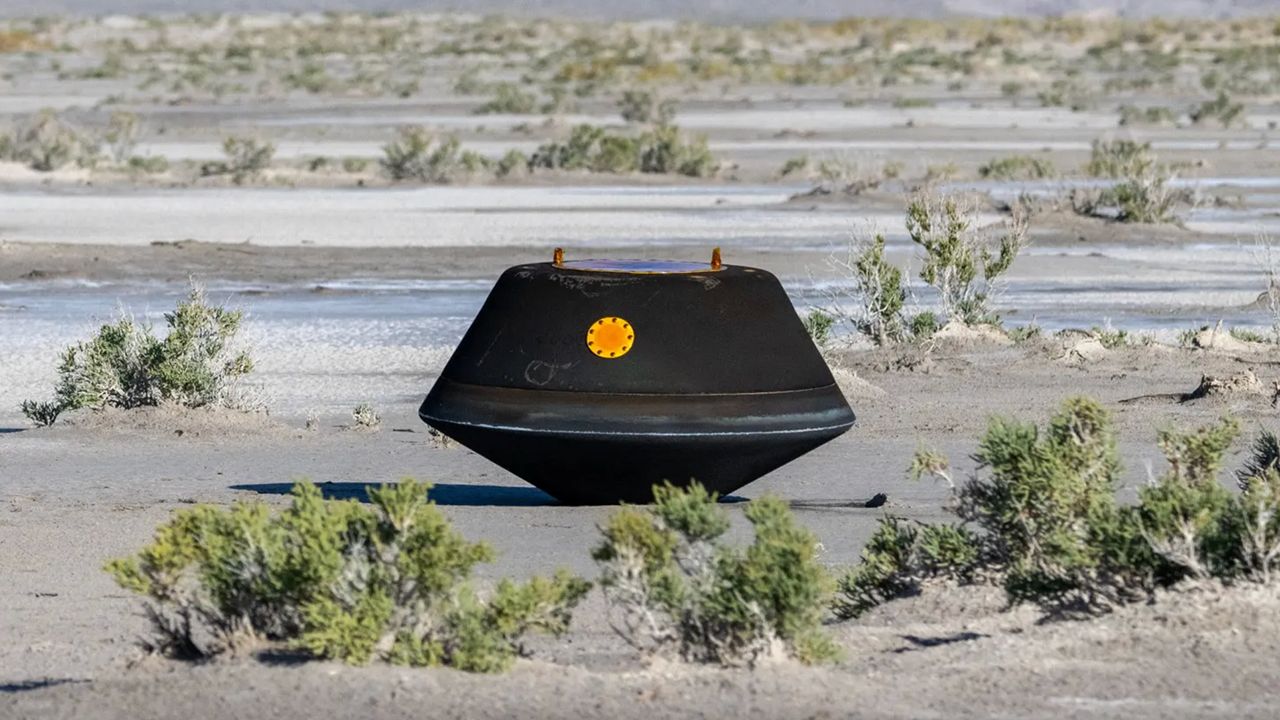A mission into space could help us understand if Earth received ingredients for life from somewhere else.
On Sept. 8, 2016, NASA launched OSIRIS-Rex (Origins, Spectral Interpretation, Resource Identification and Security–Regolith Explorer), a spacecraft that would travel to the asteroid Bennu to collect samples.
The seven-year mission ended when the spacecraft returned its sample capsule to Earth on Sept. 24, 2023, which landed at the Department of Defense’s Utah Test and Training Range near Salt Lake City.
Scientists retrieved the capsule in about an hour and transported it to NASA’s Johnson Space Center in hopes these samples will help us answer how life began, as well as give more detail about asteroids.

NASA says they picked the asteroid for numerous reasons, but the three main ones are:
- The asteroid allows us to investigate the past since it comes from the formation of our solar system about 4.5 billion years ago.
- NASA says, “Bennu is rich in organic compounds that make up all known life.” Scientists believe studying this asteroid helps us learn how Earth might have received its life-building compounds, thinking asteroids like Bennu might have crashed into Earth.
- It’s hard to study asteroids since most are in the asteroid belt very far from Earth, but Bennu crosses Earth’s orbit, which made it easy to travel back and forth from it in a timely manner.
Scientists will distribute the samples globally; 25% will go to the 233 scientists on the mission, 4% to the Canadian Space agency and 0.5% to the Japan Aerospace Exploration Agency. The other 70% will stay at NASA’s Johnson Space Center for scientists not on the mission and future research.
In the early stages of research, scientists did a quick analysis of the sample using a scanning electron microscope, infrared measurements, X-ray diffraction and chemical element analysis and concluded that there was an abundant amount of water and carbon in the sample.
Scientists will study the samples over decades to come. They hope to discover more insight into how the solar system formed, how life-building materials may have been planted on Earth by extraterrestrial objects, and how we might avoid asteroid collisions in the future.
Our team of meteorologists dives deep into the science of weather and breaks down timely weather data and information. To view more weather and climate stories, check out our weather blogs section.
Shelly Lindblade - Weather Producer
Shelly Lindblade is a weather producer for Spectrum News. She graduated from Florida State University with a Bachelor's of Science in Meteorology and started her career in front of the camera as a broadcast meteorologist. After 4 years of TV broadcasting, she now loves updating the public on the latest weather news from behind the scenes.









